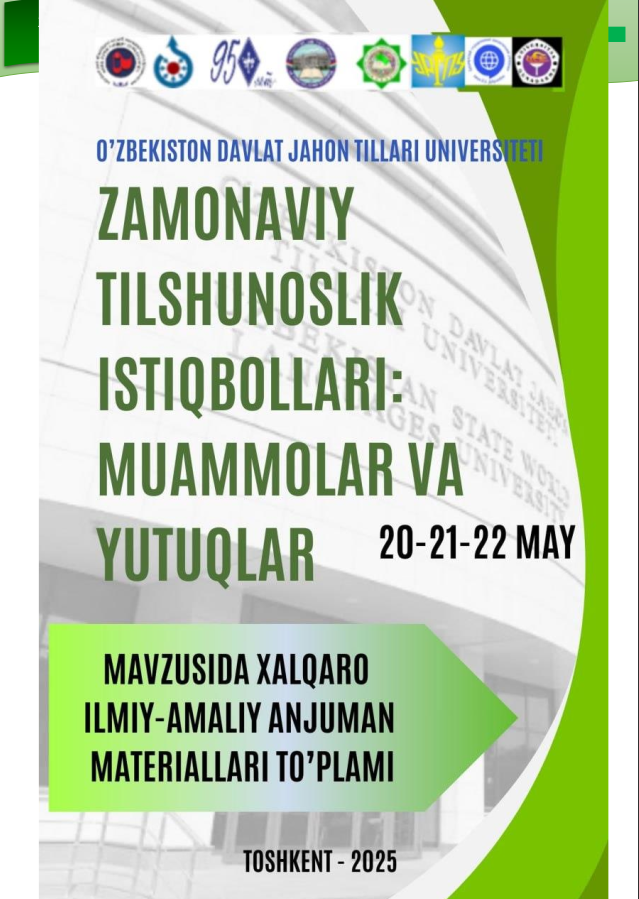THE USE OF PSYCHOLOGY IN TEACHING YOUNG STUDENTS ENGLISH AS A SECOND LANGUAGE
https://doi.org/10.5281/zenodo.15590422
Kalit so‘zlar
Cognitive development, linguistic transfer, language acquisition, psycholinguistics, motivation, feedback, language and thought, concept development, cultural differences.Annotasiya
This article explores effective strategies for teaching English as a second language (ESL) to young learners, emphasizing how educators can enhance learning by aligning instruction with children’s interests, needs, and developmental stages. It discusses the role of reading, writing, and interactive techniques in the classroom, and introduces psycholinguistic principles to guide teaching practices.
Foydalanilgan adabiyotlar ro‘yhati
Johnson, David, Roger Johnson, and Edyth Johnson Holubec. 1986. Circles of Learning: Cooperation in the classroom. Edina, MN: Interaction Book Company ( 7208 Cornelia Drive, Edina, MN: 55435)
Argondizzo, Carmen. 1992. Children in action: A resource book for language teachers of young learners. Hertfordfhire, UK: Prentice-Hall International Ltd. This book describes games and activities for the class.
Halliwell, Susan. 1992. Teaching English in the primary classroom. Harlow, Essex, UK: Longman Group UK Limited.
Rigg Pat, and D. Scott Enright. ( eds.) 1986. Children and ESL: Integrating perspectives. Alexandria, VA: Teachers of English to Speakers of Other Languages.
Thompson, S. (2023). The role of psycholinguistics in teaching English as a second language to young learners. Journal of Language and Cognitive Development, 8(2), 112–130.

